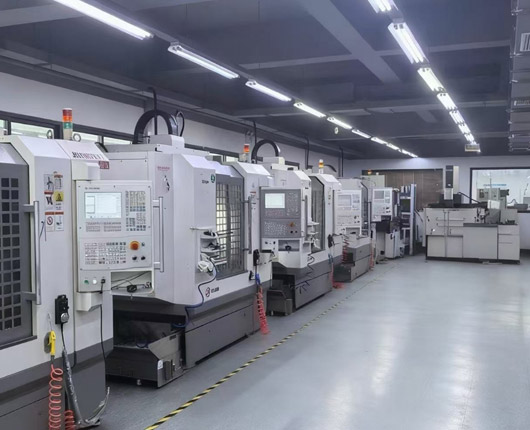In the modern industrial system, "precision machining" has always been one of the core technologies supporting high-end manufacturing. However, most people still have a vague understanding of its specific functions, which is limited to "making things more precise". In fact, precision machining is far from being a simple "grinding and polishing" process. It is a systematic engineering that achieves precise control over material morphology, dimensions, and surface quality through professional equipment and process control, with micron or even nanometer-level precision as the standard. Its application has long penetrated into every aspect of our lives and technological development.
From its definition, the core goal of precision machining is to break through the accuracy limits of traditional machining. Traditional mechanical machining has relatively large errors, while precision machining can control the errors to an extremely low range, and in some high-end fields, it can even achieve nanometer-level accuracy. The realization of such extreme accuracy relies on three core elements: first, high-precision machining equipment, such as CNC lathes, five-axis machining centers, laser processing machines, etc., which are controlled by computer programs to avoid errors caused by manual operation; second, special machining processes, such as electric discharge machining (EDM) that can process metals with extremely high hardness through electric erosion, and chemical etching that can form complex and fine patterns on the surface of materials; third, real-time detection technology, which requires dynamic monitoring of dimensions during the machining process through devices such as laser measurement and optical microscopes to ensure that each step meets the accuracy standards.
In practical applications, precision machining is a "rigid demand technology" for many high-end industries. In the electronics sector, the manufacturing of mobile phone chips cannot be separated from precision machining - wafer cutting requires dividing large-sized silicon wafers into a large number of tiny chips, and the dimensional error of each chip must be controlled within a very small range; in the medical industry, the surface roughness of artificial joints must be controlled at an extremely low level to reduce friction loss after implantation into the human body, and this precision is achieved through precision grinding processes; in the aerospace field, if the machining error of the curved surface of engine turbine blades exceeds a very small range, it may affect flight safety, and it is necessary to rely on five-axis linkage machining technology to achieve micron-level precision control in complex curved surfaces.
In addition to "being refined and precise", precision machining also plays an important role in "breaking through material limitations". For difficult-to-machine materials such as titanium alloys and ceramics, traditional cutting methods are prone to cause material cracking or insufficient precision. However, technologies such as ultrasonic machining and ion beam machining in precision machining can achieve high-precision forming through non-contact processing or minimal energy effects, while ensuring material integrity. This capability not only drives the upgrading of key products such as medical implants and aeroengine components, but also provides fundamental support for the development of emerging fields such as new energy and quantum technology.
Nowadays, with the advancement of Industry 4.0, precision machining is evolving towards "intelligence" and "integration". By integrating sensors, big data analysis, and machining equipment, not only can machining parameters be adjusted in real-time to enhance precision stability, but also full-process automation from design, machining, to inspection can be achieved. It can be said that precision machining is not only an important indicator of a country's manufacturing level, but also a core driving force that propels human technology towards exploration in more microscopic and precise fields.

 2025-09-25
2025-09-25 关于我们
产品中心
新闻中心
 +86-138-510-86968
+86-138-510-86968 扫描二维码
扫描二维码
 官方网站
官方网站